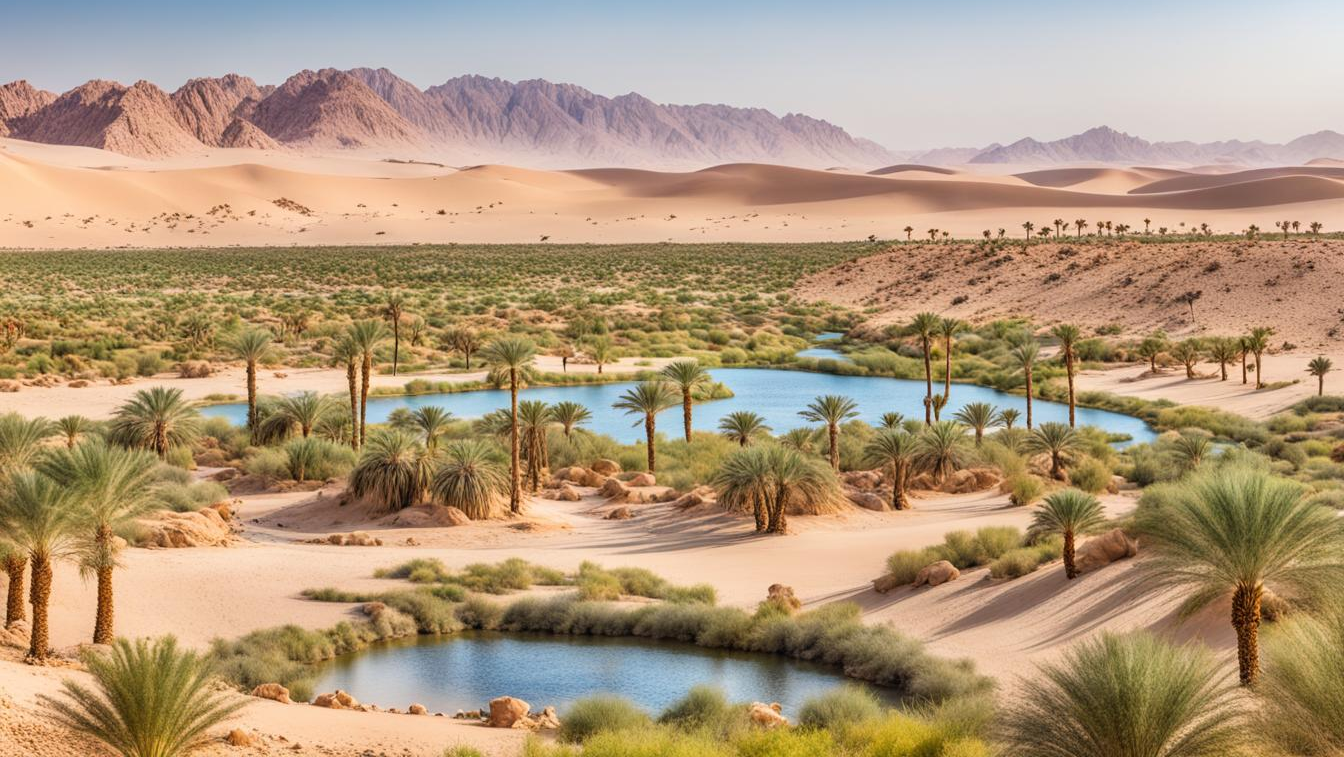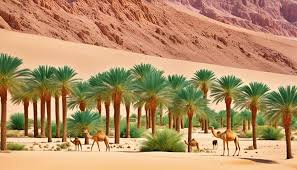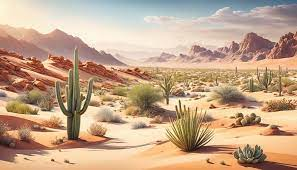
The United Arab Emirates (UAE) is renowned for its stunning desert landscapes, unique wildlife, and rapidly growing cities. However, with urban expansion, industrial development, and climate change, the delicate balance of desert ecosystems is under threat. Recognizing this, the UAE has launched numerous wildlife conservation initiatives to protect its rich biodiversity and fragile natural habitats.
The UAE’s deserts are home to a remarkable variety of wildlife. From the Arabian oryx, sand gazelles, and desert foxes to migratory birds and reptiles, these species are uniquely adapted to survive in harsh, arid conditions. The desert’s ecosystem also supports various plant species, such as acacia trees and desert shrubs, which play a critical role in preventing soil erosion and providing food and shelter for animals.
Despite their resilience, desert ecosystems are extremely sensitive. Habitat loss due to urbanization, illegal hunting, and climate extremes threaten the survival of many native species. The UAE’s government and environmental organizations have recognized that protecting these ecosystems is not just about conserving wildlife it’s about maintaining the natural heritage and ecological balance of the country.

The UAE government has implemented several key programs aimed at preserving wildlife and desert habitats. One of the most notable initiatives is the reintroduction of the Arabian oryx, a species that faced near extinction in the 1970s. Through breeding programs and protected reserves, the UAE successfully brought this majestic antelope back to the wild, making it a symbol of national conservation pride.
Protected areas and wildlife reserves have also been established across the country, including the Dubai Desert Conservation Reserve, Al Marmoom Desert Conservation Reserve, and Sir Bani Yas Island. These reserves not only provide safe habitats for endangered species but also promote eco-tourism and awareness about the importance of desert conservation.
The UAE has also adopted strict laws to combat illegal hunting and poaching. Organizations such as the Environment Agency – Abu Dhabi (EAD) actively monitor wildlife populations and enforce regulations to ensure the survival of endangered species. Public awareness campaigns complement these legal measures, educating citizens and visitors on how to respect and protect wildlife.
Conservation in the UAE goes beyond traditional protected areas. Technological innovations are increasingly being used to monitor wildlife and restore ecosystems. Drones, satellite tracking, and AI-based monitoring systems help researchers track animal movements, identify threats, and make informed decisions for conservation.
Restoration projects are also underway to rehabilitate degraded desert areas. Planting native trees and shrubs not only restores vegetation cover but also attracts wildlife back to these areas. Additionally, sustainable water management practices, including artificial oases and waterholes, ensure that animals have access to water in extreme conditions.
Community engagement plays a vital role as well. Schools, universities, and local communities participate in wildlife monitoring programs, clean-up drives, and awareness campaigns. These activities foster a sense of ownership and responsibility towards protecting desert ecosystems among UAE residents.

Despite significant progress, challenges remain. Rapid urbanization continues to fragment habitats, making it harder for wildlife to thrive. Climate change adds another layer of complexity, with rising temperatures and reduced rainfall affecting both flora and fauna. Furthermore, balancing tourism, development, and conservation requires careful planning and constant adaptation.
Collaboration with international organizations is helping the UAE tackle these challenges. Partnerships with global conservation groups provide expertise, funding, and best practices that enhance local efforts. This combination of local commitment and international support strengthens the country’s ability to safeguard its natural heritage for future generations.
The UAE’s commitment to wildlife conservation is evident in its policies, protected areas, and community programs. As the country continues to develop, maintaining the health of desert ecosystems will require continued innovation, strict enforcement of environmental laws, and public engagement.
By protecting its wildlife and deserts today, the UAE is not only preserving its natural beauty but also securing a sustainable environment for generations to come. Desert ecosystems may seem harsh and unforgiving, but with careful stewardship, they can continue to thrive alongside the nation’s rapid growth and development.
In conclusion, wildlife conservation in the UAE is a model of how modern development and environmental protection can coexist. Through government initiatives, technological innovation, and community involvement, the UAE is ensuring that its desert ecosystems remain a living, breathing testament to the country’s natural heritage.
READ MORE:- Inside the World of Business Acquisitions: Secrets of Corporate Growth 2025
